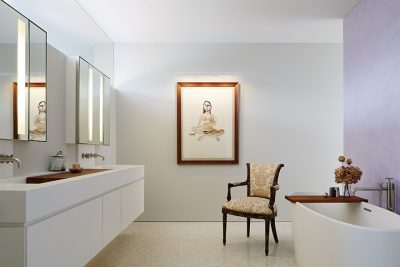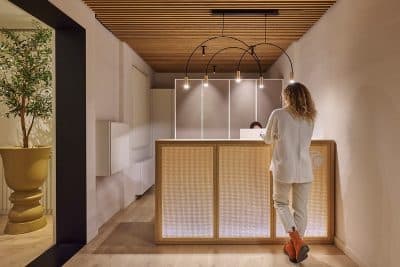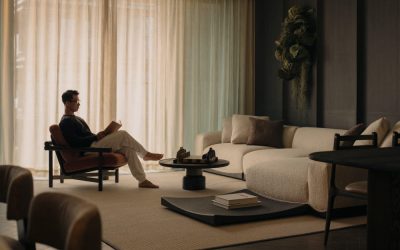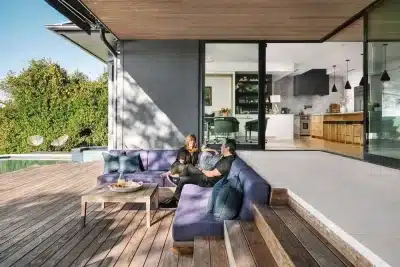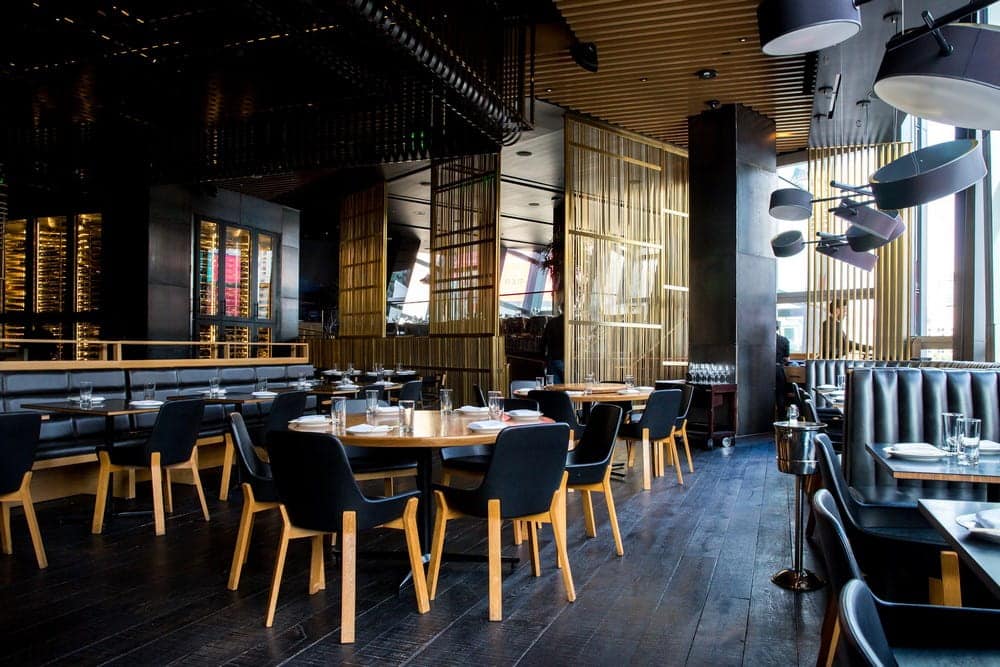
Modern restaurants are more than just a place to stay or eat; they’re beautiful environments where each design detail reflects innovation, luxury, and comfort. Interior design plays a huge role in leaving guests/travelers with a memorable experience. The evolution of interior design reflects the evolving preferences and needs of its guests.
The future of hotels will include huge shared areas and modern rooms with aesthetically beautiful furniture that’ll leave guests with an emotional experience. Currently, the minimalistic approach is one of the most dominant interior design trends revolutionizing this sector. Here are the key interior design trends reshaping the future of modern hotels.
The Impact of Technology on Hotel Architecture and Design
Tech and innovations have had a huge influence on the interior design of modern hotels. In fact, most resorts are integrating modern innovations that can create convenience and seamless experiences for travelers. With individuals booking hotel rooms online or via phone, the introduction of automated check-ins has made it possible for travelers to bypass the front desk and walk straight to their rooms.
In addition, facial recognition apps and doors grant guests keyless access to their rooms. Once they’re in their rooms, guests enjoy the smart room benefits offered by these establishments. Guests can control the entertainment system, temperature, and lighting using their phones and tablets. Thanks to personalization and customization, they can save their preferred room settings and use them in their future visits.
Some top hotels have even installed an interactive augmented reality wall in their lobby that displays crucial recommendations and details tailored for their visitors. These innovations have introduced efficiency in a restaurant’s operations while improving the experiences of their guests.
Minimalist and Sleek Designs
Minimalism is characterized by open, clutter-free layouts with multipurpose furniture that give visitors a sense of spaciousness. To achieve this, top designers and architects, like I-5 Design, employ numerous techniques in their I-5 Design restaurant build. For instance, when redesigning a restaurant, they can introduce an airy and open layout by removing various walls. They can also introduce space-saving furniture and floating shelves that can help open up your business’s floor space.
Minimalism also means replacing the decorative embellishments and accessories with a couple of statement pieces. The designers can also introduce natural light via floor-to-ceiling windows. The rooms feature multipurpose furniture like a bench that also serves as a storage space.
Sustainable Design
Reducing carbon emission is one of the crucial priorities of hotel owners, and they have incorporated numerous eco-friendly design elements in their establishments. This trend is driven by cost savings thanks to energy efficiency and environmental values. Some of the major aspects of sustainable designs include the following:
- Energy-efficient fixtures: EnergyStar appliances, low-flow plumbing fixtures, and LED lighting reduce water and electricity consumption.
- Natural materials: Modern hotels use more natural materials such as wool, bamboo, wood, and stone instead of vinyl and plastics. These materials emit less toxic chemicals and are biodegradable and renewable.
- Renewable energy: Fuel cells powered by biofuel, geothermal cooling/heating, and solar panels have been integrated into hotel designs to help lower carbon emissions.
The focus on sustainability has become a priority in modern projects. In addition to being good for the environment, it has reduced operational costs while attracting eco-conscious guests.
The Rise of Experimental Designs
Modern resorts are focused more on creating exceptional experiences for their guests through experimental designs in their establishments. A good example is the introduction of communal tables and lounge seating in the lobbies to encourage travelers to socialize instead of staying in their rooms. Some hotels have introduced adult-playing spaces in their design with video games, shuffleboards, and pool tables.
Besides the adult playing space, some have added an expansive fitness center where guests can work out. They’re converting their meeting rooms to fitness centers with modern equipment. They’ve also installed some beautiful features like statues, architectural elements, and portraits that travelers can take photos of and share on their social media pages. The main goal of these experimental spaces is to create a share-worthy moment for their guest while catering to their guests.
Endnote
In the modern competitive hotel sector, most designs lean heavily on creating a memorable experience for travelers, so they have emphasized more fluid designs and open spaces. Modern lobbies are not waiting areas; they have been converted into coffee spots and collaborative workspaces showcasing local art. Picture a well-lit huge room with various eye-catching elements and contemporary furniture.


